Lannan Luo
Deep Learning Approach Protecting Privacy in Camera-Based Critical Applications
Oct 04, 2021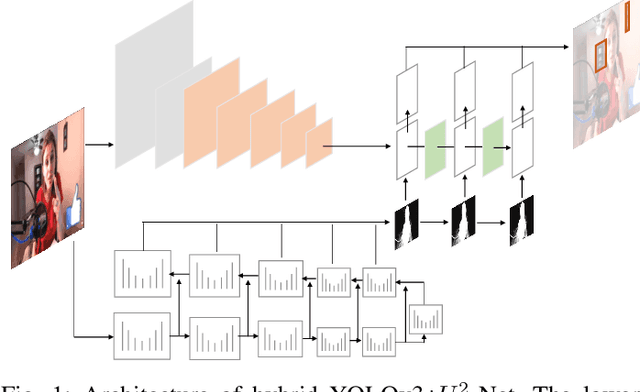
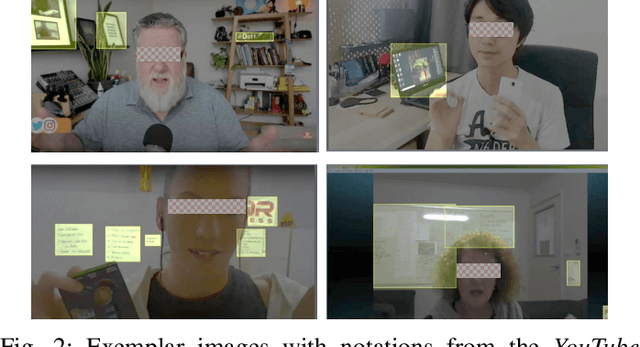
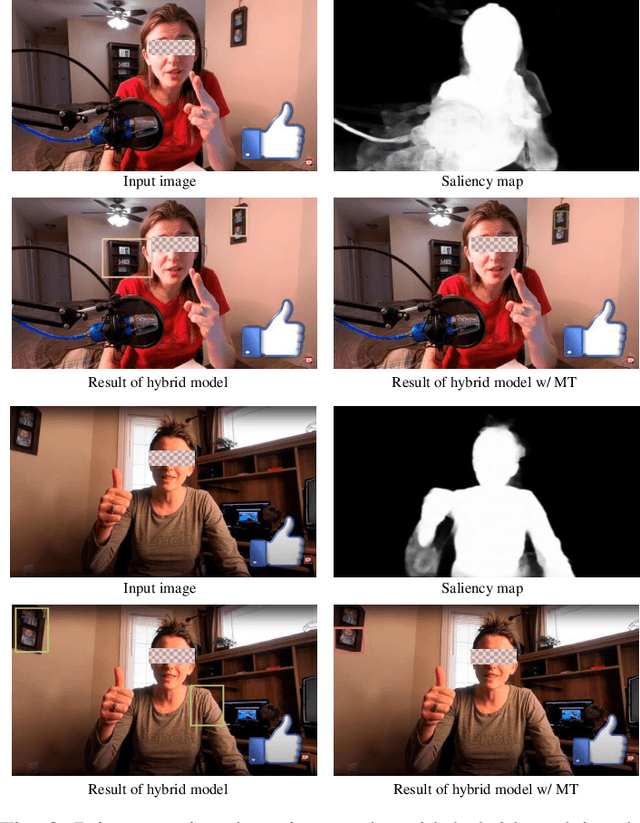
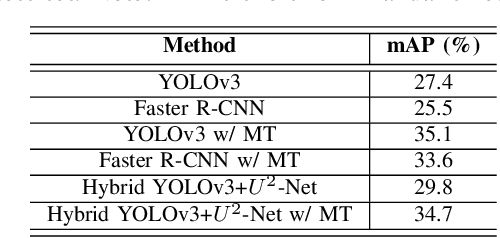
Abstract:Many critical applications rely on cameras to capture video footage for analytical purposes. This has led to concerns about these cameras accidentally capturing more information than is necessary. In this paper, we propose a deep learning approach towards protecting privacy in camera-based systems. Instead of specifying specific objects (e.g. faces) are privacy sensitive, our technique distinguishes between salient (visually prominent) and non-salient objects based on the intuition that the latter is unlikely to be needed by the application.
A Cross-Architecture Instruction Embedding Model for Natural Language Processing-Inspired Binary Code Analysis
Dec 23, 2018



Abstract:Given a closed-source program, such as most of proprietary software and viruses, binary code analysis is indispensable for many tasks, such as code plagiarism detection and malware analysis. Today, source code is very often compiled for various architectures, making cross-architecture binary code analysis increasingly important. A binary, after being disassembled, is expressed in an assembly languages. Thus, recent work starts exploring Natural Language Processing (NLP) inspired binary code analysis. In NLP, words are usually represented in high-dimensional vectors (i.e., embeddings) to facilitate further processing, which is one of the most common and critical steps in many NLP tasks. We regard instructions as words in NLP-inspired binary code analysis, and aim to represent instructions as embeddings as well. To facilitate cross-architecture binary code analysis, our goal is that similar instructions, regardless of their architectures, have embeddings close to each other. To this end, we propose a joint learning approach to generating instruction embeddings that capture not only the semantics of instructions within an architecture, but also their semantic relationships across architectures. To the best of our knowledge, this is the first work on building cross-architecture instruction embedding model. As a showcase, we apply the model to resolving one of the most fundamental problems for binary code similarity comparison---semantics-based basic block comparison, and the solution outperforms the code statistics based approach. It demonstrates that it is promising to apply the model to other cross-architecture binary code analysis tasks.
Neural Machine Translation Inspired Binary Code Similarity Comparison beyond Function Pairs
Aug 08, 2018
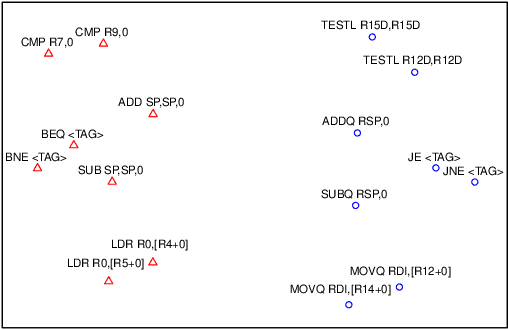
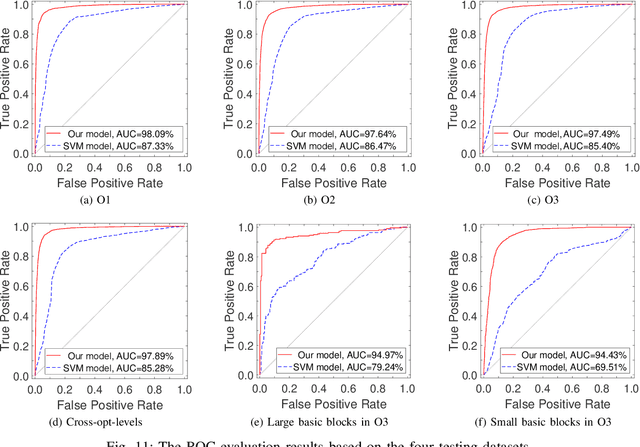
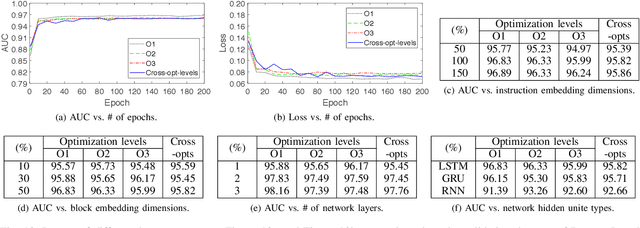
Abstract:Binary code analysis allows analyzing binary code without having access to the corresponding source code. A binary, after disassembly, is expressed in an assembly language. This inspires us to approach binary analysis by leveraging ideas and techniques from Natural Language Processing (NLP), a rich area focused on processing text of various natural languages. We notice that binary code analysis and NLP share a lot of analogical topics, such as semantics extraction, summarization, and classification. This work utilizes these ideas to address two important code similarity comparison problems. (I) Given a pair of basic blocks for different instruction set architectures (ISAs), determining whether their semantics is similar or not; and (II) given a piece of code of interest, determining if it is contained in another piece of assembly code for a different ISA. The solutions to these two problems have many applications, such as cross-architecture vulnerability discovery and code plagiarism detection. We implement a prototype system INNEREYE and perform a comprehensive evaluation. A comparison between our approach and existing approaches to Problem I shows that our system outperforms them in terms of accuracy, efficiency and scalability. And the case studies utilizing the system demonstrate that our solution to Problem II is effective. Moreover, this research showcases how to apply ideas and techniques from NLP to large-scale binary code analysis.
 Add to Chrome
Add to Chrome Add to Firefox
Add to Firefox Add to Edge
Add to Edge